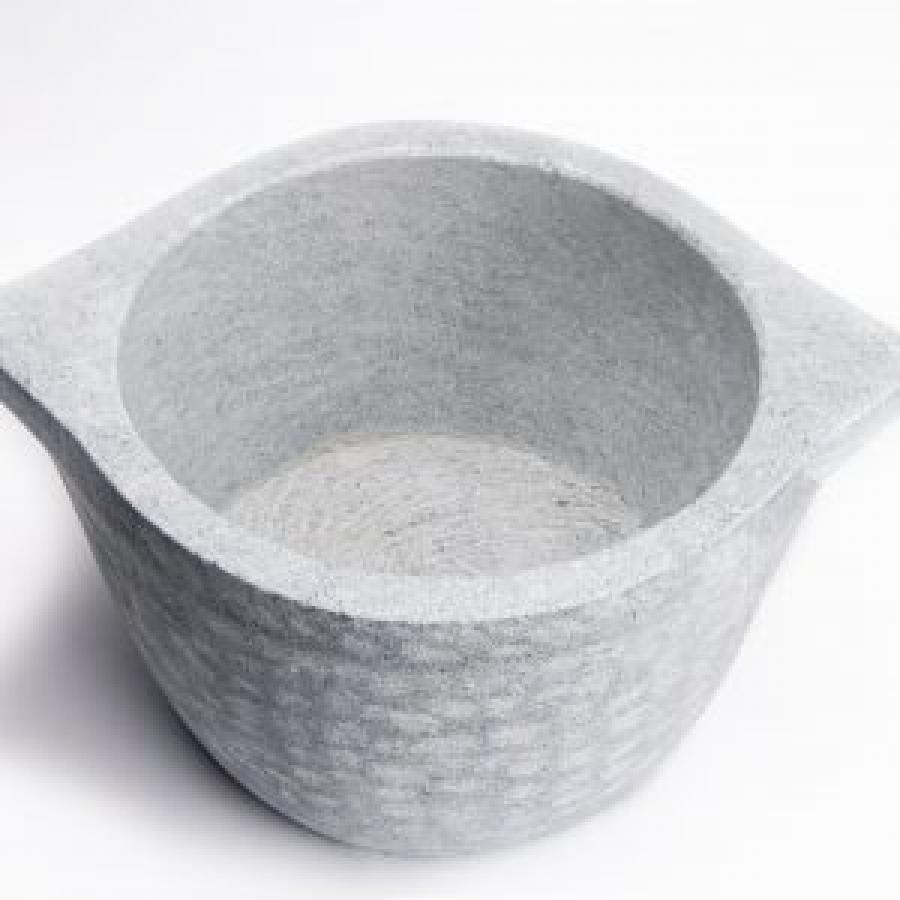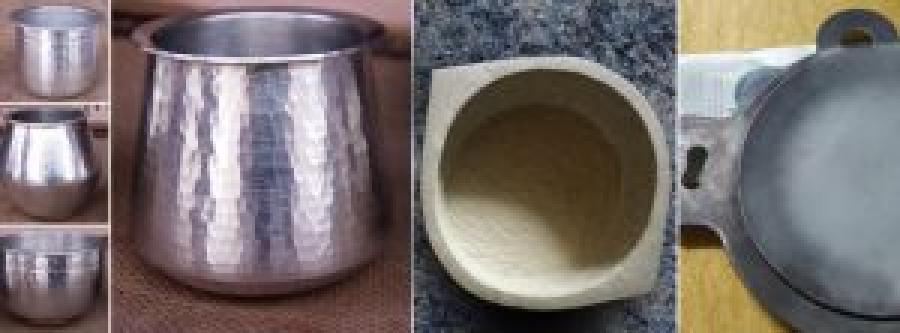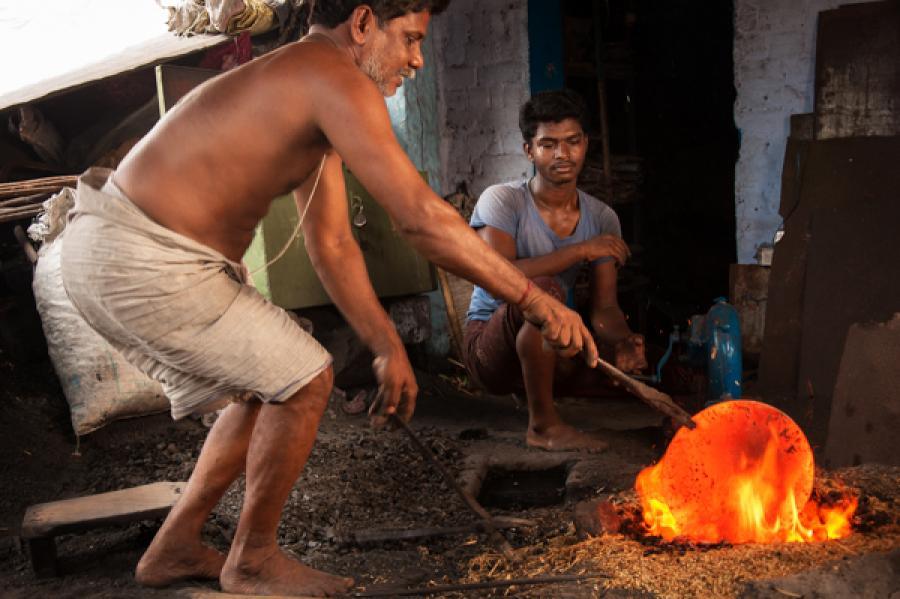We meet all the artisans we collaborate with, discuss their challenges and how Zishta can help in supporting and sustaining their traditional art. We will soon be launching a photo gallery showcasing the work that goes behind the making of these traditional cookware. This will help us build awareness and interest among enthusiasts who feel strongly about reviving and supporting such traditions. Coming back to the Kalchatti artisans – We realized that there are only a handful of artisans who still know the art of carving these vessels out of soft stone blocks. The last generation who knows to make it have no hope that this art form will survive them. The sheer intensity of labor and hours to make one stone cookware makes it difficult to get more workers when easier options are available in the market.

The local people use it to make all types of food item from curries to gravies, be it vegetarian dishes or meat. According to them, the food cooked in this chatti retains all the nutrients and tastes better than any of the other vessels. The village we visited has a number of mines where they extract the soft stone for making the Kalchattis. The soft stone present here has the right density and structure to make long lasting Chattis.
We were overwhelmed with the sheer labor it takes to make one vessel. As each of the vessels are carved out of a block of soft stone, it is very difficult to produce standard and consistent sized products. Each piece is distinct and unique More than four hours of labor results in one piece of cookware. This starts from extracting the rough small block of soft stone from the mine and chiseling the vessel out of it. As soft stone is very delicate to heavy machinery, all of this has to be done manually with a chisel and wooden block. Even hammers cannot be used as they can undermine the structural integrity of the stone.




Leave a comment
All comments are moderated before being published.
This site is protected by hCaptcha and the hCaptcha Privacy Policy and Terms of Service apply.